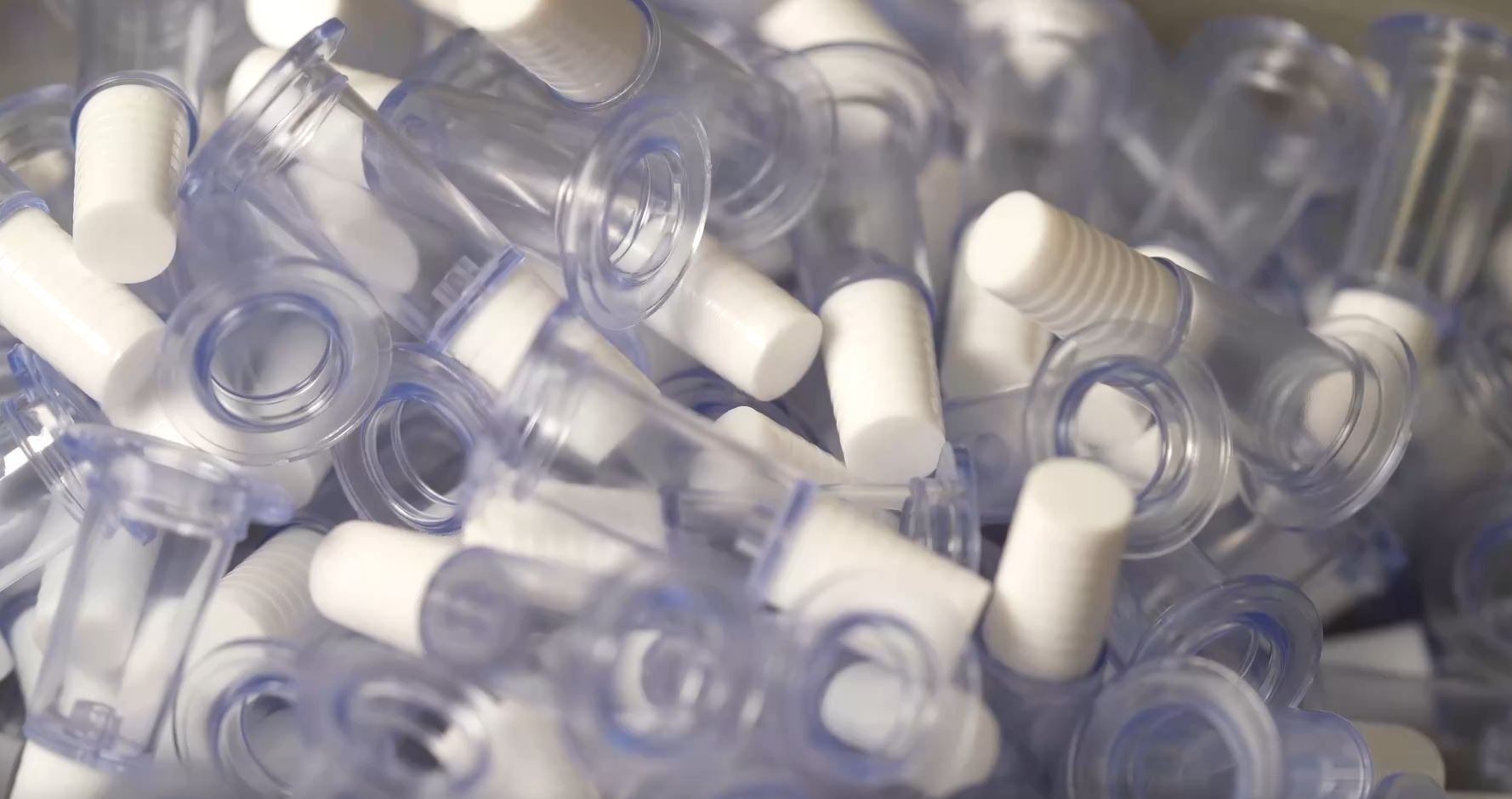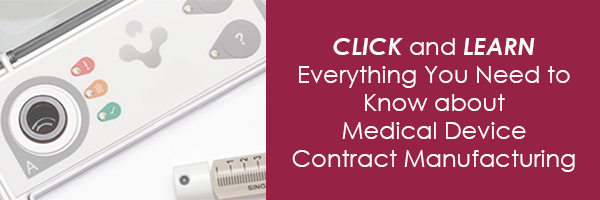Companies typically want to know: How can I reduce my lead times, improve quality and reduce costs when sourcing medical device contract manufacturing?” In some cases, typically the highest-volume, low-complexity production runs, the answer is typically found in the traditional approach of maximizing machine utilization and capacity. But in many more cases, where more production agility is needed for customized approaches, the highest-solution may not be the optimal solution in terms of reducing process wait times. In such cases, the answer is often found in Quick Response Manufacturing (QRM).
QRM is a management strategy that focuses on reducing wait times and lead times to bring products to market more quickly. In the process, it can “increase throughput and reduce cost, enhance delivery performance and improve quality,” according to the Center for Quick Response Manufacturing, an educational clearinghouse helping manufacturers since 1993.
QRM focus on manufacturing as well as non-manufacturing areas for injection molding, the latter managing office tasks much as work cells on a shop floor with provisions for proper planning and forecasting of raw material needs, and leading to a more efficient manufacturing process. When a project is amenable to the use of QRM, it can increase throughput by reducing the time between an order, its production, and its shipment. For a fuller description of QRM as it applies to injection molding, you can read more about it on this page and also an article on how it enhances speed to market.
Applying QRM within manufacturing involves dedicated work cells that perform multiple operations in tight, almost simultaneous operations on parts as they move through the process. The use of automated QRM work cells where appropriate has yielded a 46% reduction in lead time and 21% reduction in scrap and rejects. The best way to help you understand what a QRM work cell is and how it works is to show you a video as well as explain it.
QRM work cell makes quick work of a Medical Device
Recently, a medical device company sought the most efficient way to produce enclosures for its Ultrasound Bone Healing System, an FDA Class II non-invasive, ultrasonic bone-growth stimulation device. The process involved fie steps: Injection molding of three different components; overmolding; and the post-molding processes insertion of additional components; ultrasonic welding; and inkjet printing.
In a traditional environment, each of these would’ve been completed separately, with unfinished goods being boxed and stored while awaiting the next step of the process. With a QRM cell, all five processes are performed all at once.
In this process, three different parts are injection molded in a family mold. They are then conveyed for the overmolding process that bonds a thermoplastic elastomer (TPE) to the interior surfaces of the top and bottom halves of the case. Next come the post-processing steps: a brass component is inserted and ultrasonically welded into the bottom, and a clear window is inserted into the top and ultrasonically welded. The final step performed on the components is inkjet printing on the surface of the top. At this point, the components become a subassembly to be packed and shipped to facilities that install electrical and electronic components and complete final assembly of the device.
For this healthcare device, the benefits of QRM include better inventory management, more consistent part production, and more efficient scheduling, from purchasing of materials through the elimination of downtime between process steps. Additionally, employees are cross trained on each step, and can continue rooting-out downtime with smarter allocation of labor, materials, and other resources to a given job as needed. Ultimately, customer lead time is reduced and delivery time optimized.
This is just one example of an automated QRM workcell for medical device contract manufacturing. Crescent uses several different types of work cells. These include cells for cleanroom-molded products; products that require parts decoration; products that require complex assembly; products that require insert molding and over-molding; and – now in development – a fully-automated lights-out QRM workcell. Each supports variety of short lead time manufacturing needs for high-precision applications in industries including medical, pharmaceutical, electrical/electronics and defense.


